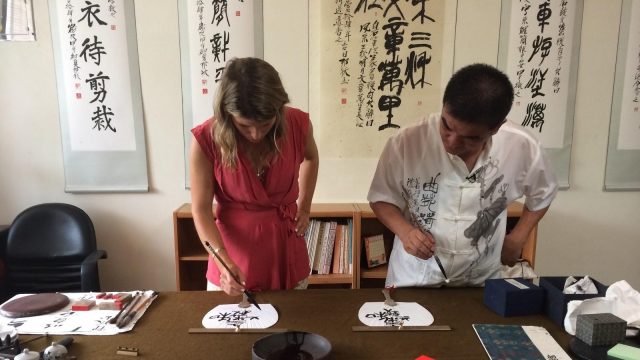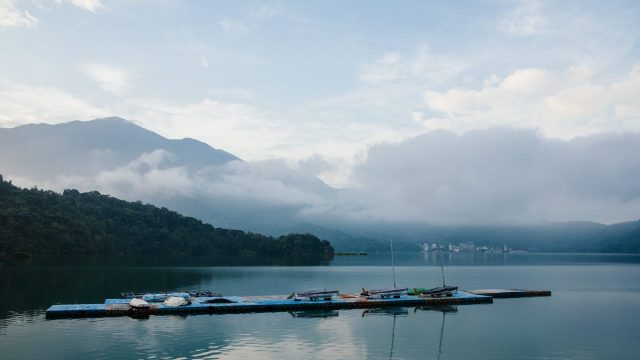Articles found in: Taiwan
Explore Taiwan Like a Local
Published on December 2, 2014
Travel expert, video journalist and contributor to Tripfilms.com, Kelley Ferro picked Taiwan for her first trip to Asia. The island nation has so much to offer; from the energy of the big city to the serenity of postcard-worthy beaches. Explore Taiwan alongside Ferro as she tours its vibrant landscape, culture, history and food with USTOA […]
Keep readingRevealing the Beauty of Taiwan
Published on October 20, 2014
by Colin Roohan, AFAR Ambassador It was the morning of my fifth day of an eight-day tour for USTOA tour operator member Ritz Tours and the tour was set to leave Kaohsiung in southeastern Taiwan. I remember getting on the bus with mixed expectations: I was extremely satisfied with what I had seen of the […]
Keep reading
Taiwan: Hospitality Needs No Language
Published on October 7, 2014
by Kelley Ferro When thinking of a story to share about my experience with USTOA in Taiwan, my first trip ever to Asia, there’s so much I could say. I could tell you about the overwhelming smell of stinky tofu, (which I did try, on camera…), the flashing lights, sounds and energy of the Shilin […]
Keep reading
Touring Taiwan’s West Coast
Published on September 22, 2014
by Colin Roohan, AFAR Ambassador Prior to heading to Taiwan I asked several friends of mine, most of which are well-traveled, what they thought of their time spent on this beautiful island and in most cases they all replied with the same thing: they wished they had seen more than just Taipei and its surrounding […]
Keep reading
